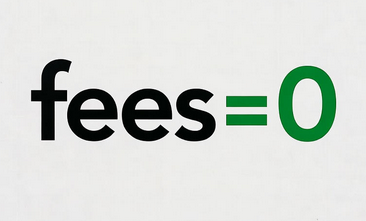Material Characteristics of Plastic Deformation in High-Strength Steel
Keywords:
high-strength low-alloy steel, proof stress, strain hardening exponent, fractographic analysis, transcrystalline ductile failureAbstract
The paper is concerned with material characteristics of plastic deformation, relating to the occurrence and development of plastic deformation, proof stress and strain hardening exponent with changing testing temperature, in high-strength low-alloy steels. The material characteristics of plastic deformation were measured experimentally by means of a tensile test in the temperature range from –80 °C to +100 °C; subsequently, a fractographic analysis of fracture surfaces was carried out in order to evaluate failure mechanisms of the steels studied.
References
ISO 6892-1:2009 Metallic Materials – Tensile Testing – Part 1: Method of Test at Room Temperature.
ISO 6892-2:2011 Metallic Materials – Tensile Testing – Part 2: Method of Test at Elevated Temperature.
ISO 10275:2007 Metallic Materials – Sheet and Strip – Determination of Tensile Strain Hardening Exponent.
ZAKI FARAHAT, AI., EL-BITAR, T. and EL-SHENAWY, E. Austenitic stainless steel bearing Nb compositional and plastic deformation effects. Mater. Sci. Eng. A., 2008, vol. 492, no. 1-2, p. 161-167.
SURESH, MR. et al. Study of welding characteristics of 0.3C-CrMoV(ESR) ultrahigh strength steel. J. Mater. Sci., 2007, vol. 42, no. 14, p. 5602-5612.
MIAO C. et. al. Effect of Strain Rate on the Deformation-Induced Martensite Transformation and Mechanical Behavior of Austenitic Stainless Steel for Cold Stretched Pressure Vessels. In ASME 2010 Pressure Vessels and Piping Division/K-PVP Conference, vol. 1, p. 737-742. ISBN 978-0-7918-4920-0.
KOHOUT, J. and HRUBÝ, V. Mutual reciprocal interconnection of relations describing creep, yield stress and stress relaxation. Komunikácie (Communications), 2010, no. 4, p. 40-44. ISSN 1335-4205.
MA, L. et. al. Nonlinear Analysis of Pressure Strengthening for Austenitic Stainless Steel Pressure Vessel. In ASME 2008 Pressure Vessels and Piping Conference, vol. 3 (Design and Analysis), p. 493-498. ISBN 978-0-7918-4826-5.
DYJA, D., STRADOMSKI, Z. and PIREK, A. Microstructural and Fracture Analysis of Aged Cast Duplex Steel. Strength of Materials, 2008, vol. 40, no. 1, p. 122-125.
Downloads
Published
License
Copyright (c) 2015 Advances in Military Technology

This work is licensed under a Creative Commons Attribution-NonCommercial 4.0 International License.
Authors who publish with this journal agree to the following terms:
1. Authors retain copyright and grant the journal right of first publication with the work simultaneously licensed under a Creative Commons Attribution License that allows others to share the work with an acknowledgement of the work's authorship and initial publication in this journal.
2. Authors are able to enter into separate, additional contractual arrangements for the non-exclusive distribution of the journal's published version of the work (e.g., post it to an institutional repository or publish it in a book), with an acknowledgement of its initial publication in this journal.
3. Authors are permitted and encouraged to post their work online (e.g., in institutional repositories or on their website) prior to and during the submission process, as it can lead to productive exchanges, as well as earlier and greater citation of published work.
Users can use, reuse and build upon the material published in the journal for any purpose, even commercially.






